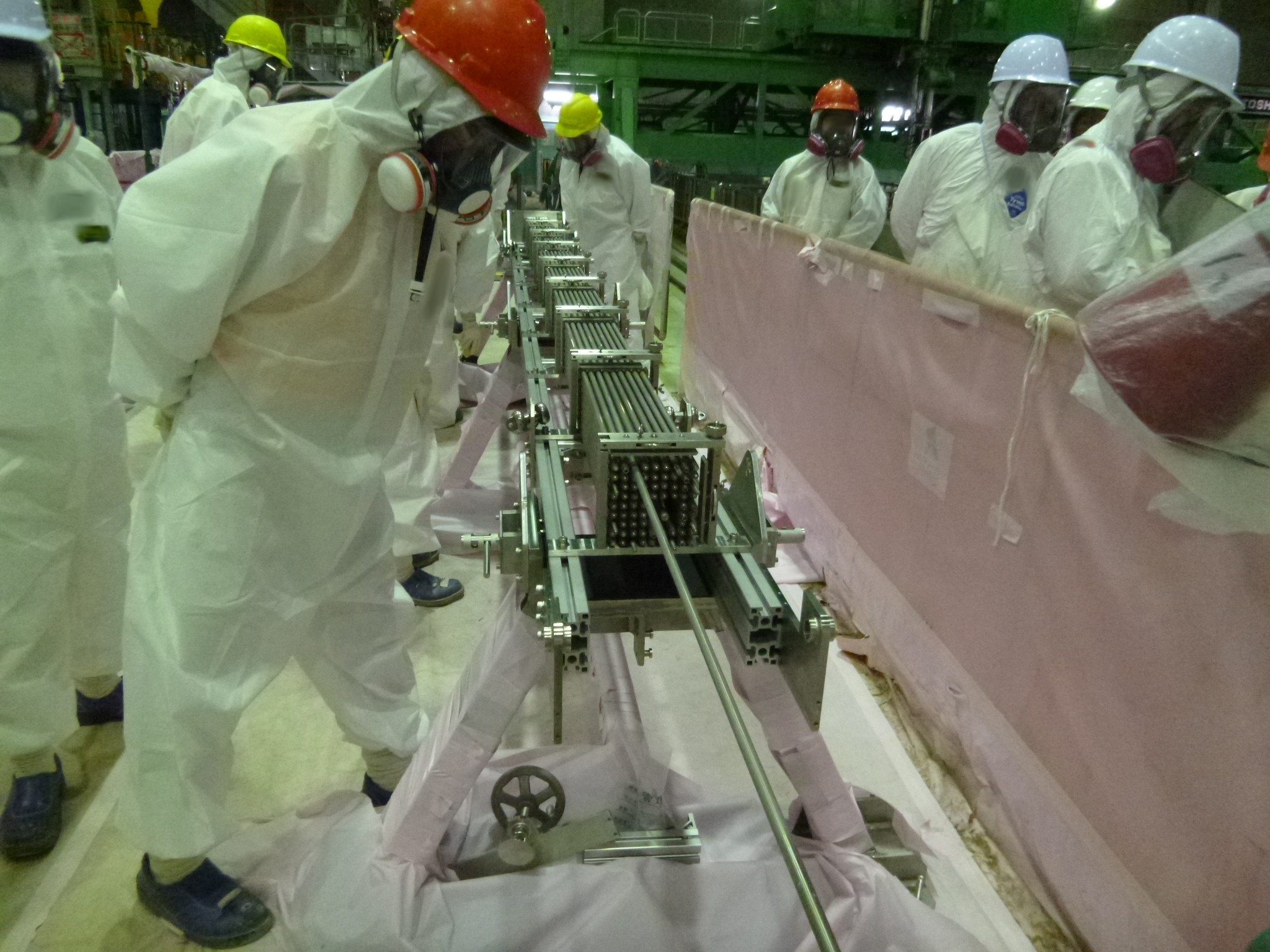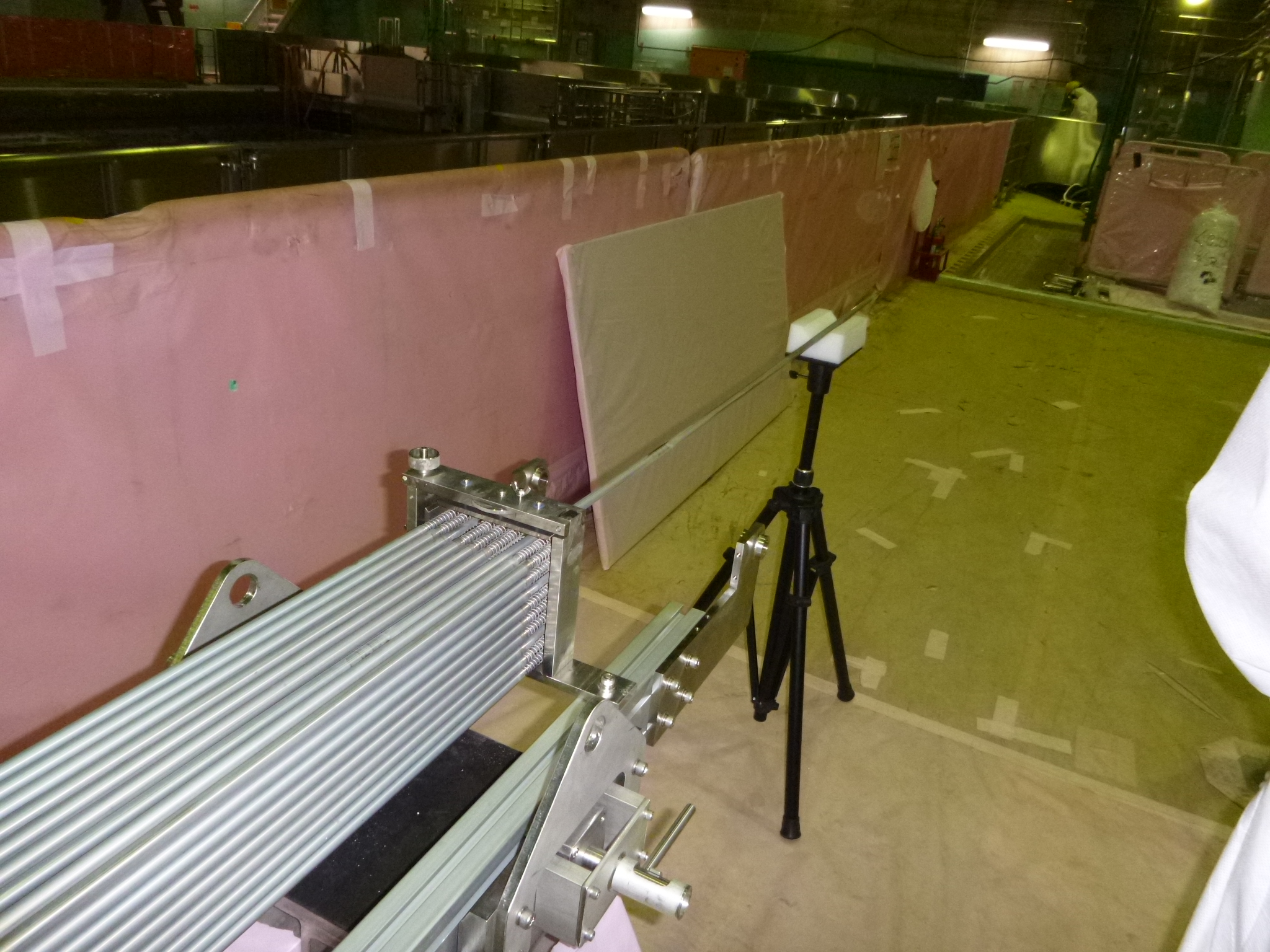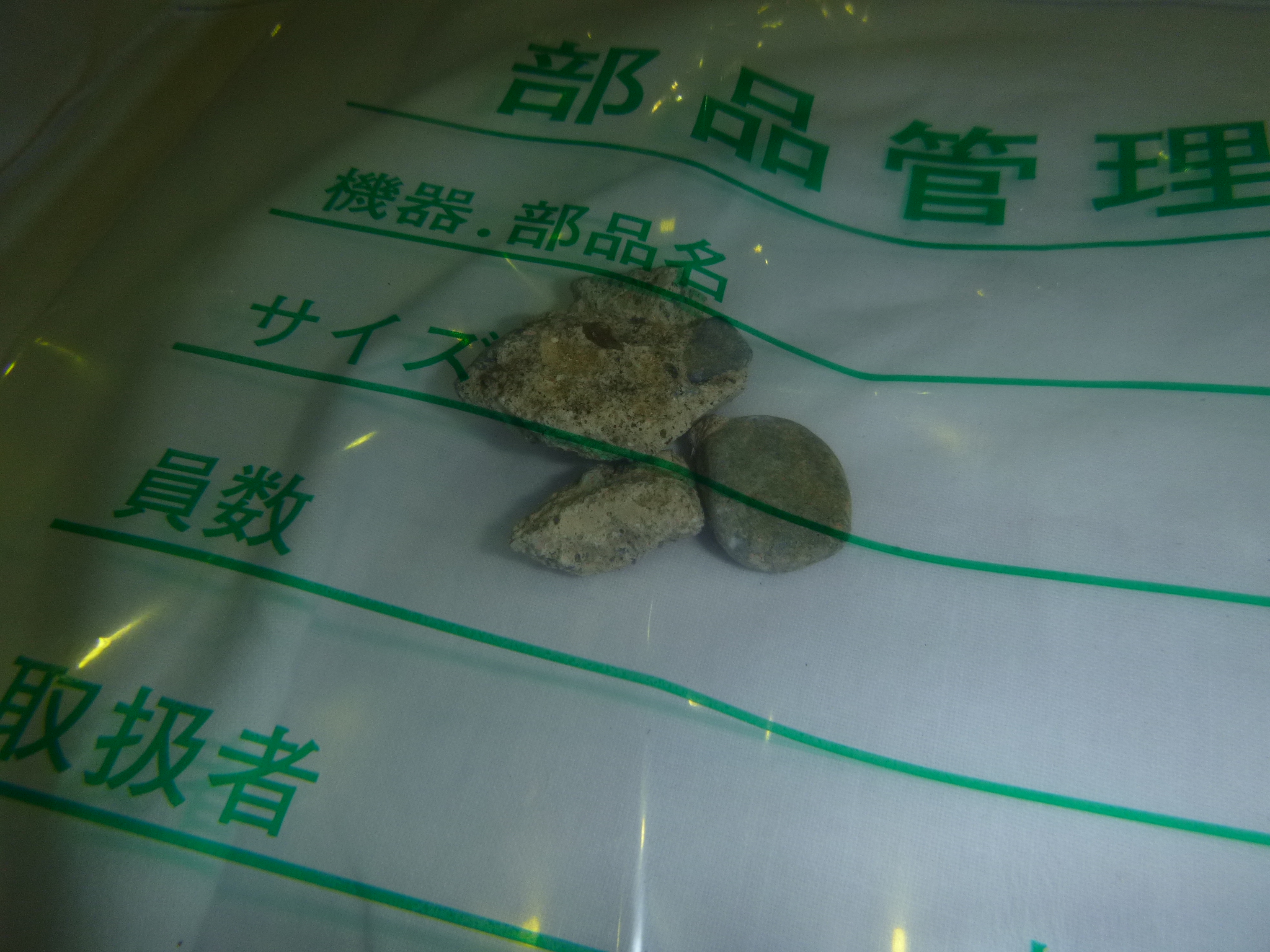At a gathering of politicians from prefectural and municipal governments in Japan, the veterinarian head of a non-profit organization called "Ecosystem Conservation Society of Japan" told the audience, quite off-handedly,
People in Fukushima, Tochigi, Saitama, Tokyo, Kanagawa where the radioactive plume went by, should not marry because the deformity rate of their offspring will skyrocket.
To the outraged delegation from Fukushima City, he says,
Tough. They misquoted me on purpose, I was just talking generalities.
Generalities. So these days in Japan, citing specific locales and predicting specific events like deformity of babies is talking generalities.
So far, only the delegation from Fukushima City is outraged. The reactions from the rest of Japan are two types:
Oh someone finally spoke the truth, and he is the head of some non-profit organization (that must mean his intentions are good), so we should take it seriously; or
(Silence)
From Asahi Shinbun (8/29/2012; part):
福島市議会の佐藤一好議員らは29日、記者会見し、公益財団法人・日本生態系協会の池谷奉文会長が東京電力福島第一原発事故の影響について話した7月の講演で「不適切な差別発言をし、容認できない」として、訂正を要求することを明らかにした。
Fukushima City Assemblymen including Mr. Kazuyoshi Sato held a press conference on August 29, and announced that they would demand the correction of the remark by Mr. Hobun Ikeya, head of a public interest incorporated foundation called "Ecosystem Conservation Society of Japan" during the lecture in July on the effect of the Fukushima I Nuclear Power Plant accident as "inappropriate and discriminatory, and cannot be tolerated".
佐藤市議らによると、池谷会長は講演で「福島の人とは結婚しない方がいい」「福島では発がん率が上がり、奇形児が生まれる懸念がある」と述べたという。
According to Assemblyman Sato and others, Mr. Ikeha said in the lecture, "You'd better not marry anyone from Fukushima", and "Cancer rate may rise in Fukushima, and deformed babies may be born".
協会側の説明や記者が確認した録音によると、池谷会長は、福島のほか原発事故で一定の放射能汚染を受けた関東地方の県名をあげ、地域の地図を示しながら「放射能雲の通った地域にいた方々は極力結婚しない方がいいだろう」と発言。「結婚して子どもを産むと、奇形発生率がドーンと上がる」などと話した。
According to the explanation by the Society and the recording that our reporter listened to, Mr. Ikeya also mentioned several prefectures in Kanto region that have had certain levels of radiation contamination because of the nuclear accident. He pointed out to the map of the region, and said, "People who live in the areas where the radioactive plume went by should avoid marrying at all costs." He further said "If they marry and have children, the rate of deformity in babies will skyrocket."
池谷会長は朝日新聞の取材に、「被曝(ひばく)で遺伝子損傷と奇形児出産のリスクが高まることを訴えた」と説明。「一般論として私の見解を話した。差別する意図はなかった」と話した。
Mr. Ikeya responded to Asahi Shinbun and explained, "I wanted to emphasize the heightened risk of DNA damage and deformed babies due to radiation exposure. I discussed generalities, and had no intention of discrimination."
講演は同協会が主催し、7月9日に東京で開催。全国の自治体議員らが参加し、福島市議会からは佐藤氏ら4市議が参加した。
The lecture was sponsored by the Ecosystem Conservation Society of Japan and held in Tokyo on July 9. Assemblypersons from municipalities throughout Japan participated, and four assemblymen including Mr. Sato from the Fukushima City Assembly participated.
More from Fukushima Minpo (8/30/2012; part):
日本生態系協会の池谷奉文会長(70)が東京で開かれた講演会で、東京電力福島第一原発事故を受け「福島の人とは結婚しない方がいい」などと不適切な発言をしたとされる問題で、池谷会長は29日、報道機関に対して講演記録の一部を公表した。
Regarding the remarks that have been condemned as inappropriate by Mr. Hobun Ikeya (age 70) of the Ecosystem Conservation Society of Japan in a lecture in Tokyo, Mr. Ikeya released part of the transcript of the lecture to the press on August 29.
文書には「福島ばかりじゃございませんで栃木だとか、埼玉、東京、神奈川あたり、あそこにいた方々はこれから極力、結婚をしない方がいいだろう」「結婚をして子どもを産むとですね、奇形発生率がどーんと上がることになる」とある。
According to the transcript, he said, "It's not just Fukushima, you know, people in Tochigi, Saitama, Tokyo, Kanagawa, people who were there should not marry at all costs", and "If they get married and have children, the rate of deformity in babies will skyrocket."
協会によると、録音を書き起こした内容で、県内の各報道機関に送った。
According to the Society, the document is a transcript from the recording, and it has been sent to news organizations in Fukushima Prefecture.
福島民報社の取材に対し、池谷会長は発言内容を認めた上で「福島の人を差別するようなことは思っていない」と反論。これまでの取材に一貫して「発言していない」としていたことについては「差別発言ではないという意味だ」と答えた。
To Fukushima Minpo, Mr. Ikeya admitted that he had made these remarks, and argued, "I don't think it's discriminatory against people in Fukushima." As to his insistence in the past that he hadn't said anything like that, he answered, "I meant I hadn't said anything discriminatory."
池谷会長は現職の獣医師。「政策塾」は平成15年から年一回ほどのペースで開き、今回が12回目。毎回80人から100人程度の地方議員や議員を目指す市民らが参加しているという。昨年は東日本大震災の影響で中止となり、今回が震災後初の講演だった。
Mr. Ikeya is a practicing veterinarian. The "Policy" lecture has been given once a year or so since 2003, and it was the 12th this year. 80 to 100 politicians from municipalities and citizens who aspire to become politicians participate. Last year's lecture was canceled due to the March 11 disaster, and this year's lecture was the first since the disaster.
Accusation that Mr. Ikeya is discriminating against Fukushima is not really true, as Mr. Ikeya is saying the same for four other prefectures in Kanto.
Well at least Mr. Ikeya is a veterinarian, remotely qualified (I suppose) to comment on something medical. The only (human) medical experts who expressed outrage are so-called "government experts" (including Professor Noboru Takamura of Nagasaki University and Fukushima Prefecture Radiation Health Risk Management Advisor who spoke soothing words to Iitate-mura villagers right after the accident, and Professor Masahiro Fukushi of Tokyo Metropolitan University who measured radiation levels in meals with faulty germanium semiconductor detector for NHK program), which is taken by many net citizens on Twitter to mean Mr. Ikeya must be telling the truth.
Never mind that Mr. Ikeya's expertise is with sick animals.
The Japanese government and government institutions and its experts have only themselves to blame for the deep distrust of anything that has to do with the government for an off-hand remark by a veterinarian to be taken seriously as the truth.








 Tokyo Time
Tokyo Time
![[Most Recent Quotes from www.kitco.com]](http://www.kitconet.com/charts/metals/gold/t24_au_en_usoz_2.gif)

